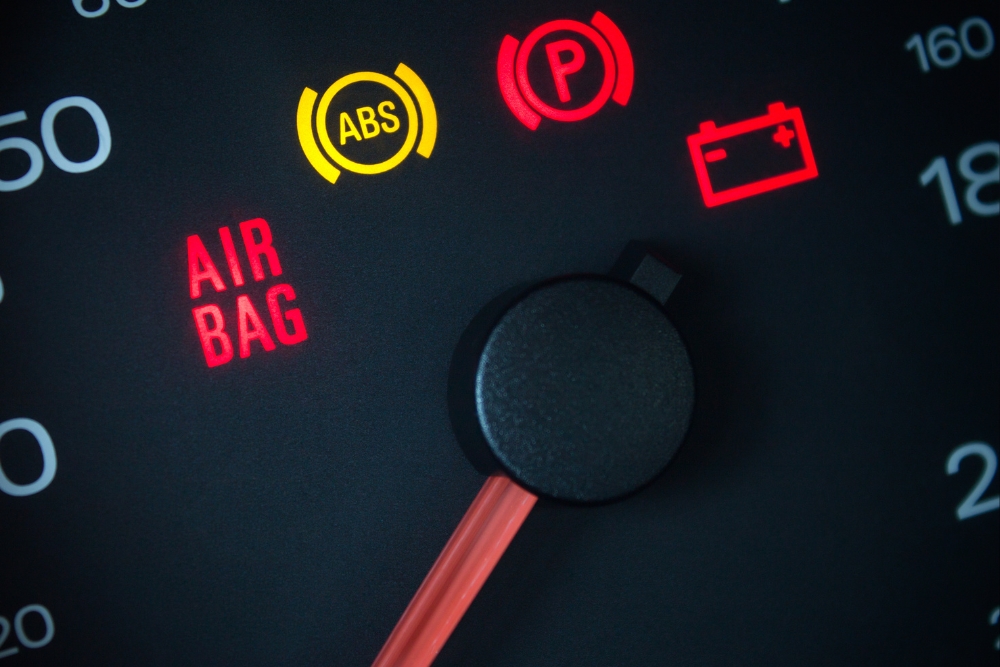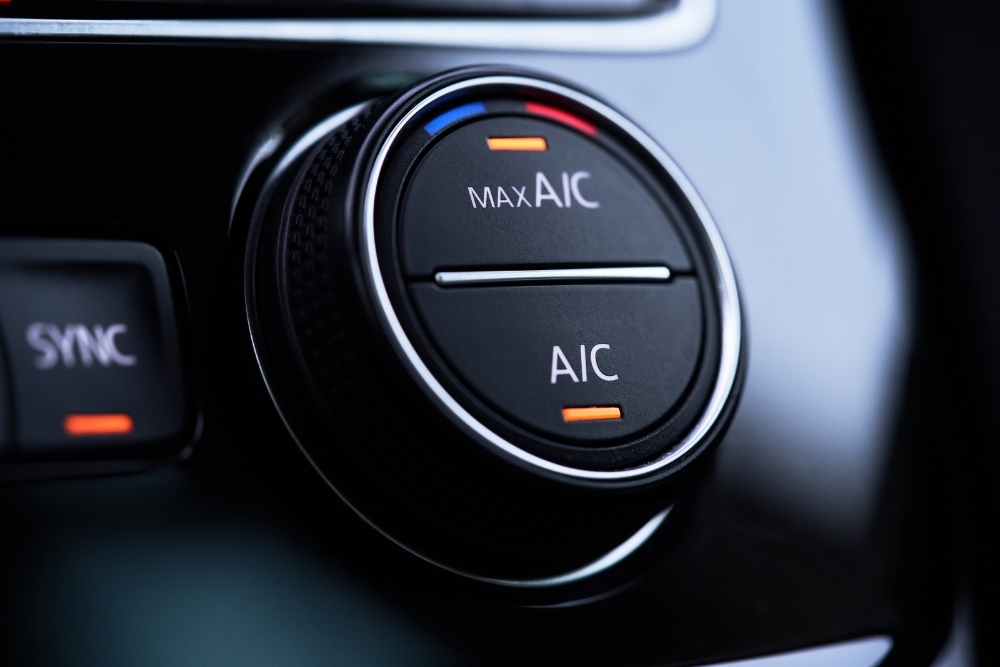
Maintaining the safety of your vehicle is essential, and the braking system plays a critical role in this.
However, when your brake discs start showing signs of wear, it can be difficult to decide whether you should opt for brake disc skimming or replace them entirely.
This guide will help you understand the key differences between skimming and replacing brake discs and the circumstances under which each option is best suited.
When to Consider Brake Disc Skimming
Brake disc skimming involves removing a thin layer of the disc surface to eliminate any grooves or unevenness caused by wear. This process restores a smoother surface for the brake pads to press against, improving braking efficiency.
You might consider skimming your brake discs when:
- There is uneven wear: If the brake discs have minor grooves, scores, or uneven wear, skimming can restore them to a condition that provides a smooth and consistent braking surface.
- Disc thickness remains sufficient: Skimming is only possible if the discs are still above the manufacturer’s recommended minimum thickness. Thinner discs lose their effectiveness and could be unsafe.
- You want a cost-effective solution: Skimming is generally more affordable compared to complete replacement, making it an attractive option when minor resurfacing is all that is needed.
Signs that indicate skimming may be needed include vibrations in the brake pedal or squealing noises, which can result from uneven disc wear. If the damage is minor, skimming could be a safe and economical solution.
When Brake Disc Replacement is Necessary
Brake disc replacement is often the best course of action when skimming is not a viable option. There are several situations where replacing the brake discs is absolutely essential for your safety and the vehicle’s performance.
- Discs have reached the minimum thickness: Each brake disc has a minimum thickness specification set by the manufacturer. Once the discs are below this limit, they must be replaced rather than skimmed, as thin discs are prone to overheating and cracking.
- Warped or severely damaged discs: If the brake discs are warped or have deep cracks, skimming may not solve the problem. Warped discs can cause the car to pull to one side when braking, affecting your control on the road.
- Discs with excessive wear: If the brake discs have experienced significant wear and tear or have become uneven beyond repair, replacement is the only solution. Worn-out brake discs can affect your stopping distance and overall brake efficiency.
- Previously skimmed too many times: There is a limit to how many times a brake disc can be skimmed. If your brake discs have been skimmed repeatedly in the past, they may have reached a point where further skimming would leave them below the safe thickness level.
Ultimately, brake disc replacement is recommended when safety is at risk. Replacing the discs will ensure that your braking system performs optimally, particularly in emergency situations when a reliable braking response is needed.
Key Differences Between Brake Disc Skimming and Replacement
Understanding the key differences between brake disc skimming and replacement is crucial for making the right decision for your vehicle:
- Cost: Skimming is often less expensive than replacing brake discs. If your discs have minor wear and there is sufficient thickness remaining, skimming could be a practical and cost-effective solution. On the other hand, replacement comes with higher costs but offers the assurance of brand-new, safe, and efficient braking components.
- Extent of Damage: Skimming can only address minor damage, such as shallow grooves or slight warping. If the damage is severe, replacement becomes the only safe option. Deep grooves, significant warping, or cracks necessitate replacing the brake discs to restore your vehicle’s safety.
- Safety Considerations: When your brake discs are worn beyond the minimum safety limit, replacement is the only way to maintain braking efficiency and prevent brake failure. Skimming is safe only when there is enough disc material to maintain its integrity.
Additional Considerations for Brake Disc Maintenance
Proper maintenance of brake discs not only extends their lifespan but also ensures your safety on the road. Here are some extra pointers to keep in mind:
- Regular Inspections: Regularly inspect your brake discs for visible signs of damage, such as grooves, warping, or uneven wear. Timely identification of issues can prevent larger problems and improve the efficiency of your braking system.
- Replace Brake Pads as Needed: If your brake pads are worn out, they can cause further damage to the brake discs. Replacing brake pads on time can prevent premature disc wear, which would otherwise necessitate skimming or replacement.
- Monitor Brake Performance: Pay attention to any changes in braking performance, such as vibrations, squealing, or longer stopping distances. Such changes can indicate that the brake discs or pads need attention.
- Driving Habits: Gentle braking and avoiding sudden, hard stops can help reduce wear on both the brake pads and discs. Abrupt braking generates more heat, which can lead to warping and accelerated wear.
Need Help Deciding Between Brake Disc Skimming and Replacement?
At Eurosparx, our skilled team of brake service experts in Auckland can help you determine whether your brake discs need skimming or replacement. We offer comprehensive brake inspection services to assess the condition of your brake discs and recommend the most suitable option based on their condition and your budget.
Get in touch with Eurosparx today by calling 09 218 7789 to get your brake discs sorted!










